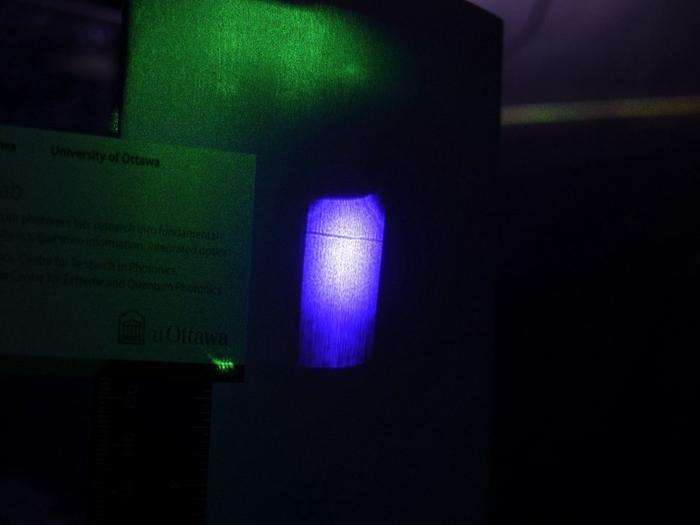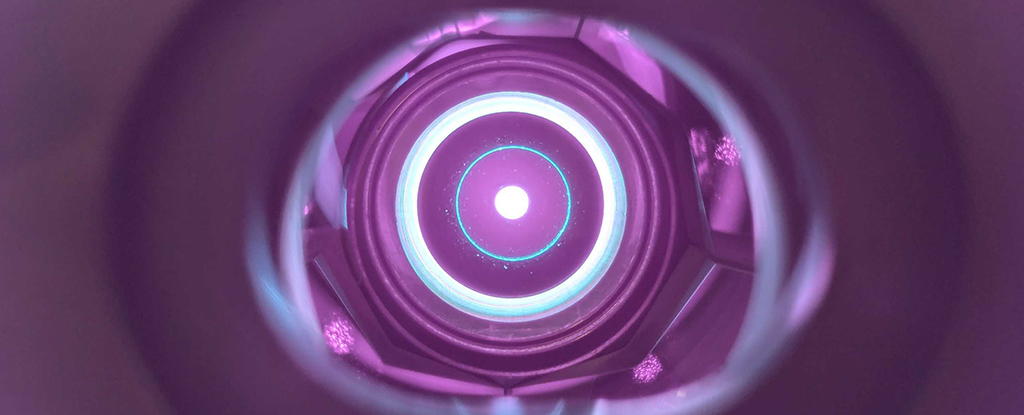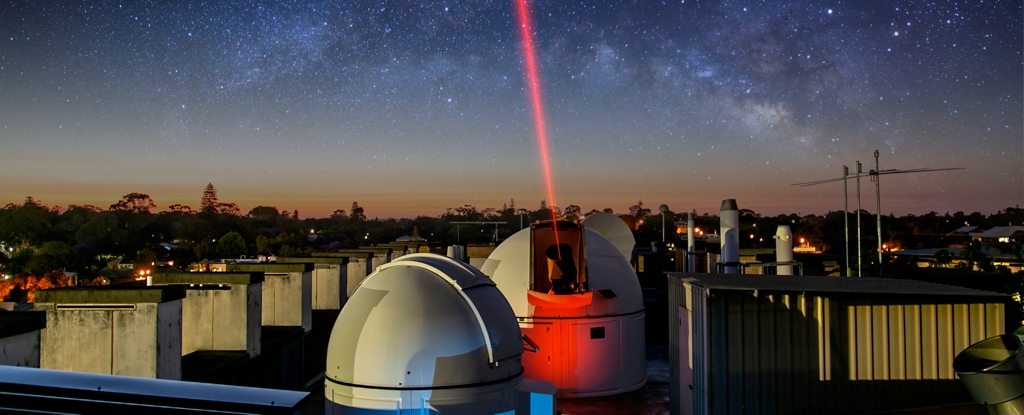
A small international team of nanotechnologists, engineers and physicists has developed a way to force laser light into becoming a supersolid.

A team of physicists at the SLAC National Accelerator Laboratory, in Menlo Park, California, generated the highest-current, highest-peak-power electron beams ever produced.

In a discovery that challenges basic physics principles, researchers have shown that under specific conditions, a laser beam can block light and cast a visible shadow.

Any advance in laser tech has huge potential across a whole range of fields and we just got a big one: ultra-short laser pulses of up to 100 megawatts, the most powerful of their type ever produced from a human-made system.

A new 'laser-powered' project being launched in the state of Western Australia could revolutionize global communications.

The Deep Space Optical Communications (DSOC) experiment transmitted a near-infrared laser encoded with test data from an astonishing distance of nearly 10 million miles.

To accurately measure the Universe on the smallest scales, you need a laser with the perfect mix of power and precision.

A powerful laser was able to deflect a lightning bolt almost 200 feet before it hit a lightning rod, greatly improving the rod's function.

Using that laser technology, archaeologists have found what appears to be the biggest and oldest known Mayan monumental complex. The find will reveal surprising insights into a community that lived there 3,000 years ago.

In a historic first, US researchers in collaboration with partners around the world, have been able to control the direction of a laser's output beam by applying external voltage.

Three scientists from the United States, France and Canada are awarded the Nobel Prize in physics for the development of short, intense laser pulses and for optical tweezers that can grab tiny particles.

Using a revolutionary laser technology known as LiDAR, researchers discovered an ancient Mayan megacity hidden in a Guatemalan jungle.

Scientists have shortened X-ray pulses so dramatically that they can watch electrons move at a glacial pace.

One of the world’s fastest detectors, capable of capturing images in billionths of a second, has been developed by the UK for use at the world’s largest X-ray laser, the European XFEL.

Researchers from ITMO University have built a setup for recording holograms of tiny objects like living cells with a femtosecond speed.